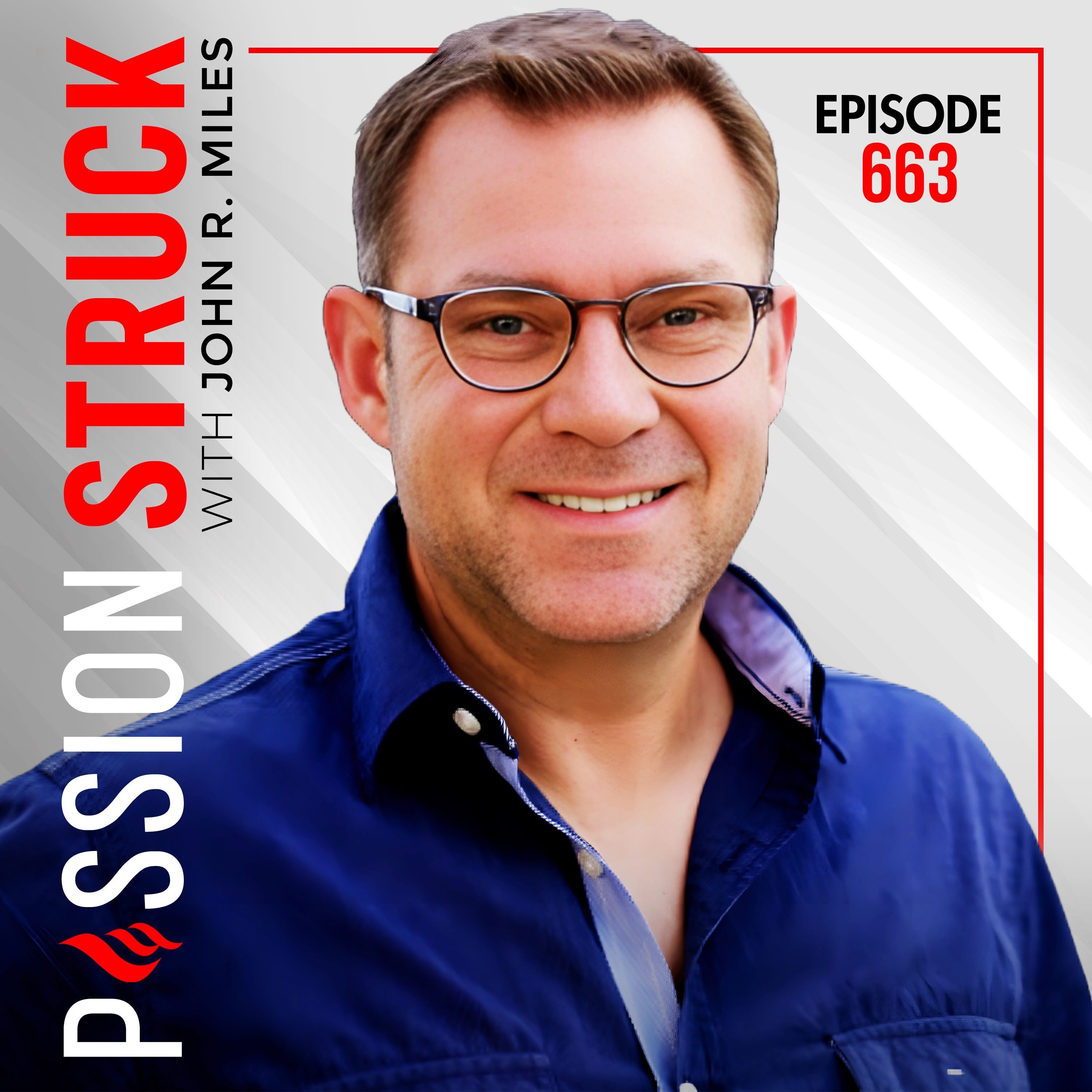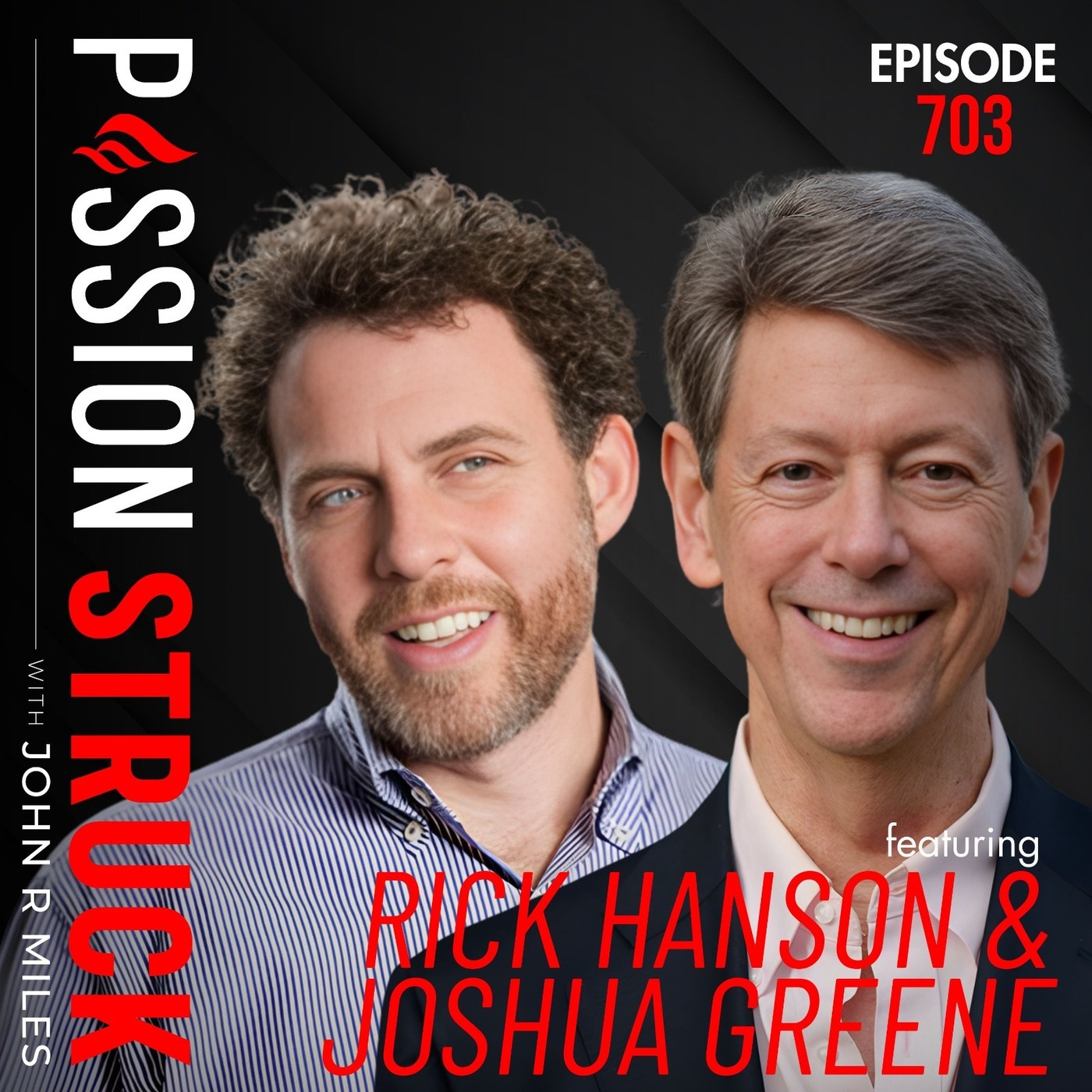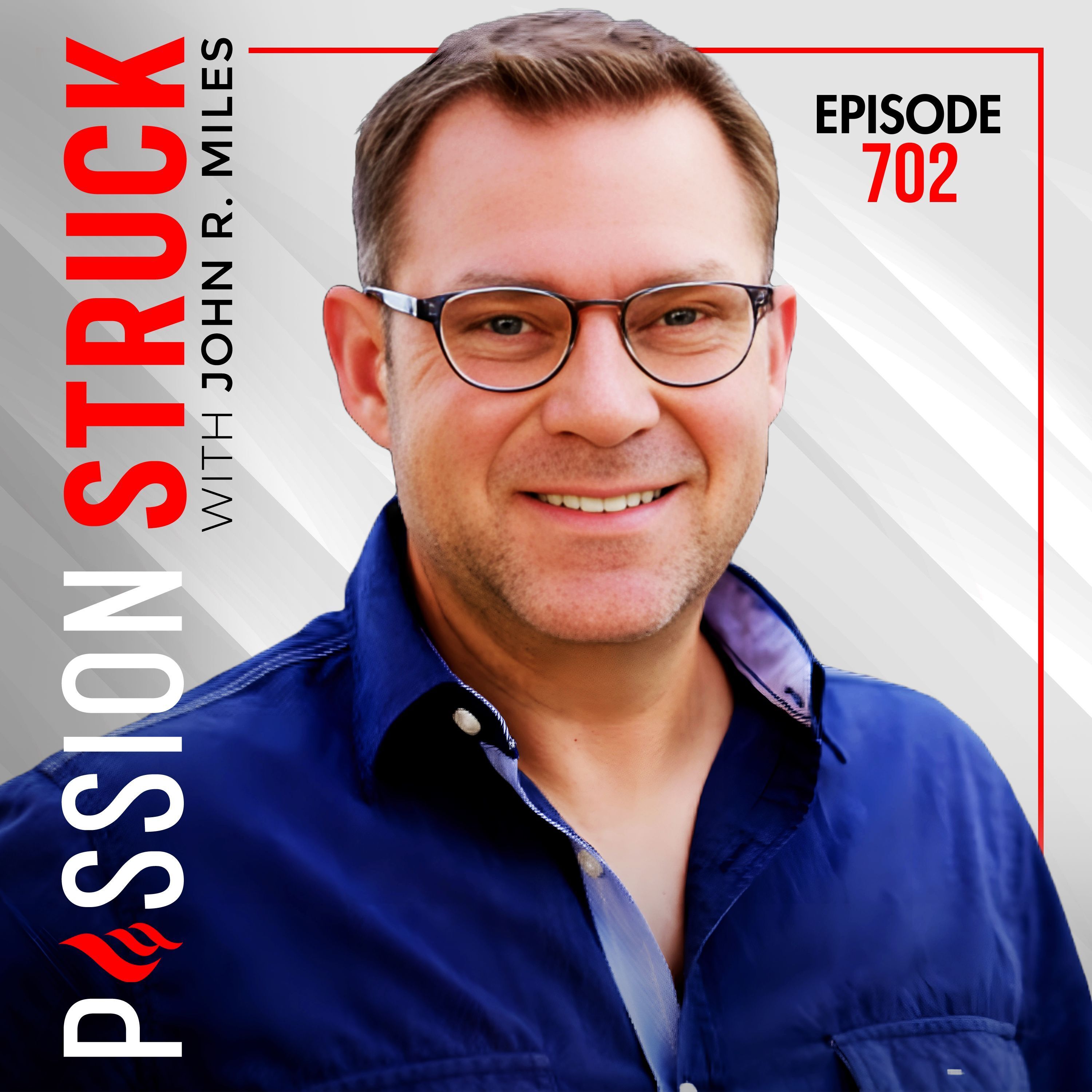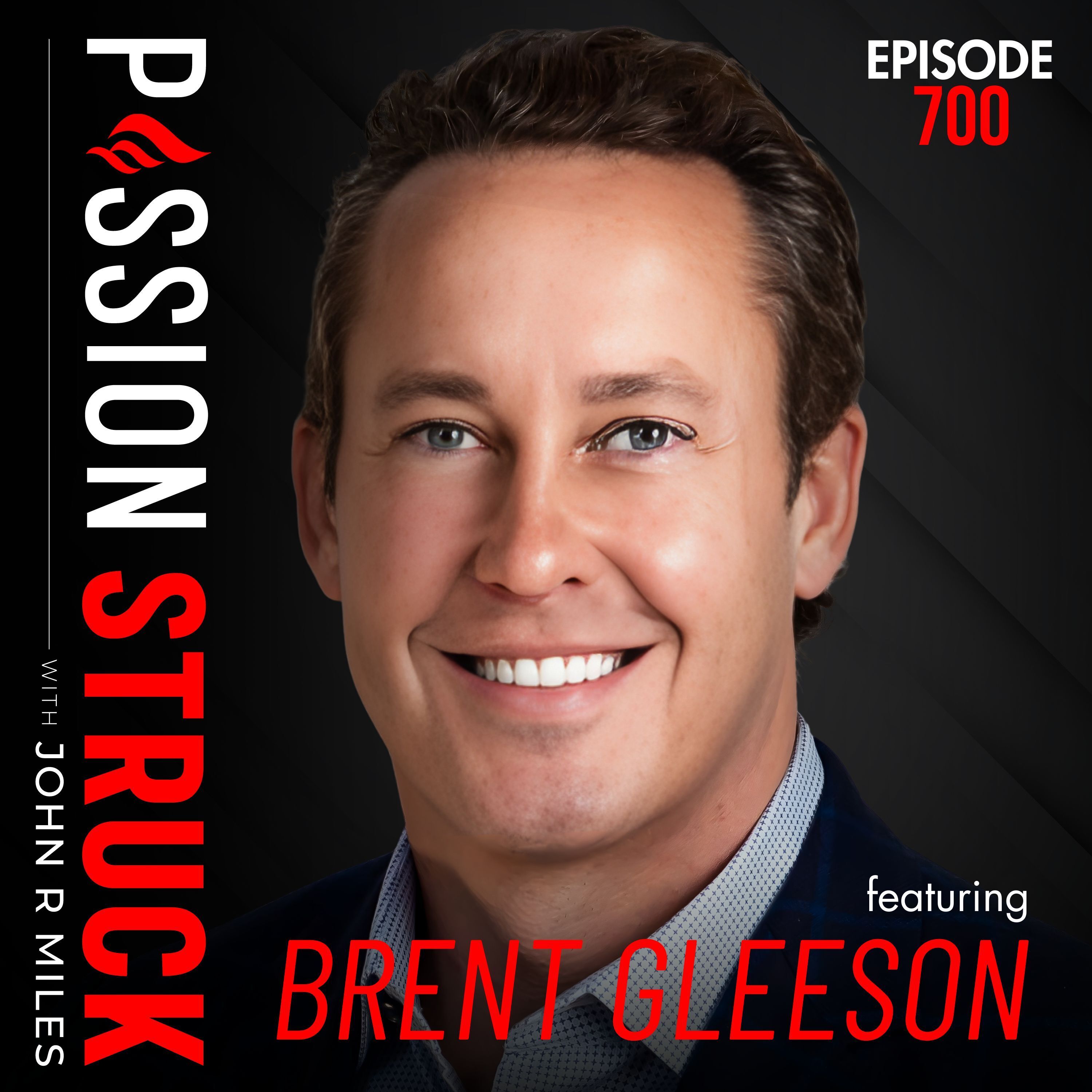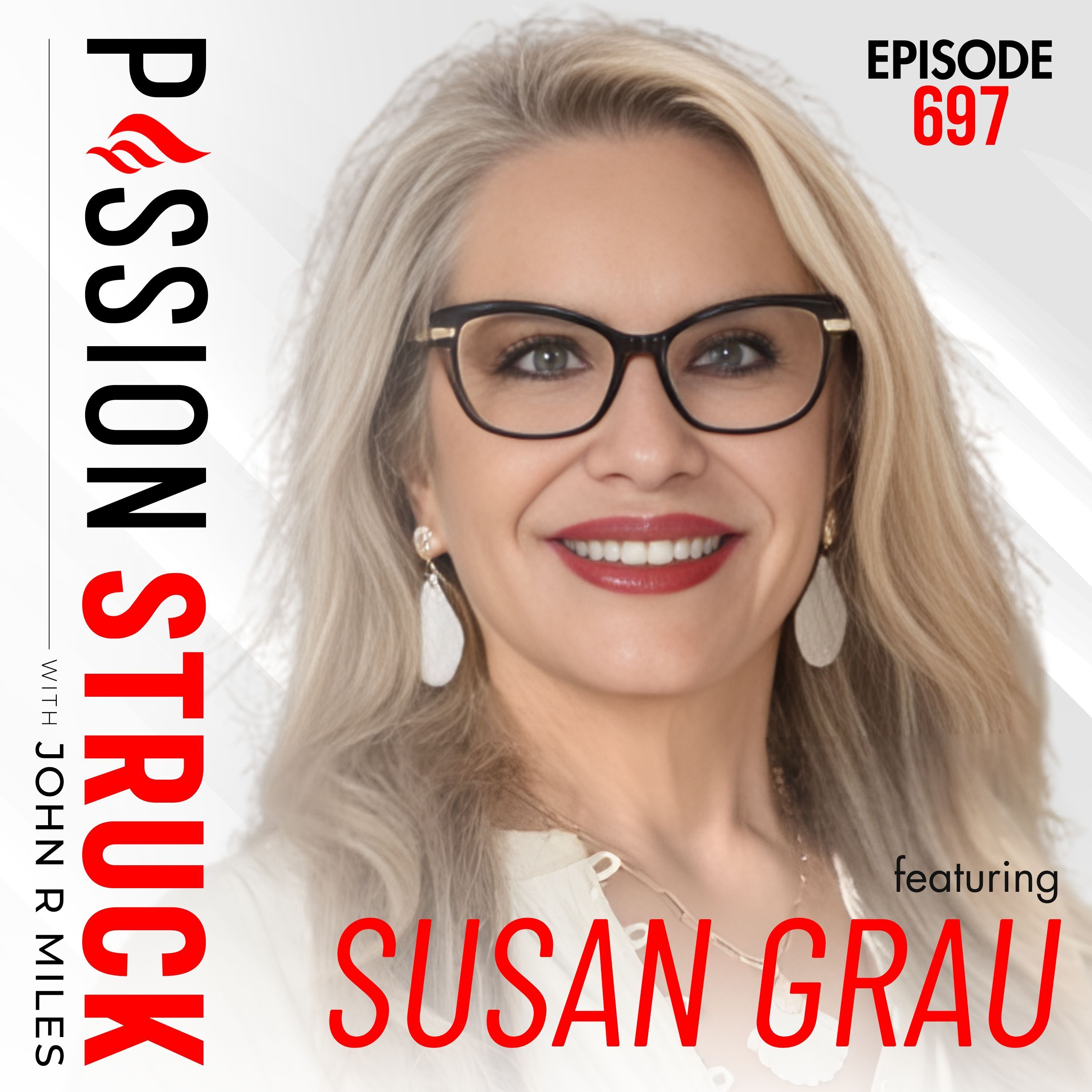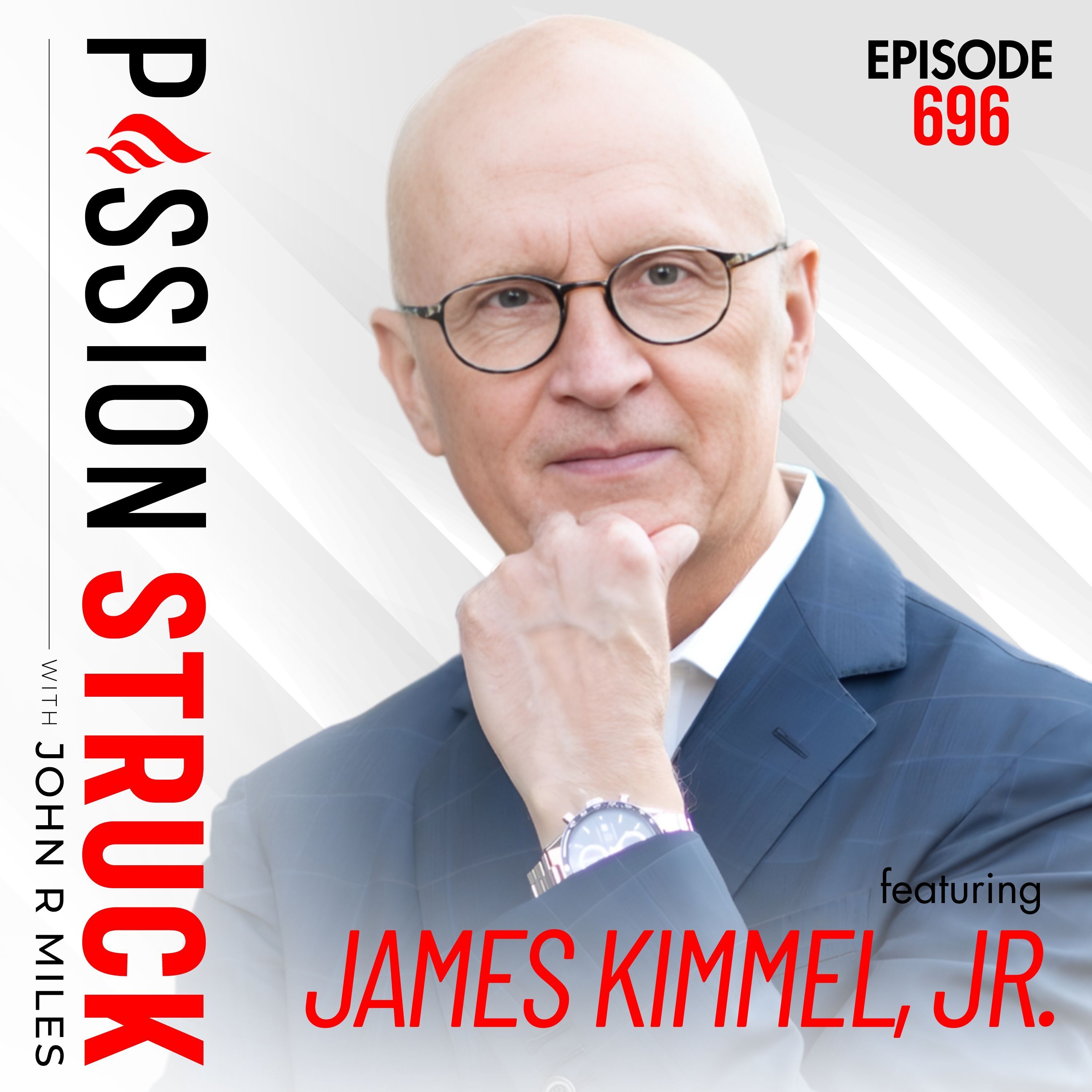Invisible Trauma: How to Heal It with the H.E.A.L. Method w/ John R. Miles | EP 663
Not all trauma is visible—but that doesn’t mean it stops shaping us. In this episode, John R. Miles explores the concept of invisible trauma and introduces H.E.A.L., a four-part framework for confronting what’s hidden, softening self-judgment, identifying destructive patterns, and stepping into liberation. You’ll hear powerful insights from experts like Dr. Ingrid Clayton and Dr. Nicole Cain and walk away with practical tools to begin transforming emotional scar tissue into inner strength.
Visit the Link for the Full Show Notes.
Drawing on personal stories, expert interviews, and real-world insights, John explores the science behind why work is quietly making us sick—and invites listeners to realign with what their body and mind truly need.
Go Deeper: The Ignited Life Substack
If this episode stirred something in you, The Ignited Life is where the transformation continues. Each week, I share behind-the-scenes insights, deeper dives into the episodes, workbooks, science-backed tools, and personal reflections to help you turn intention into action.
Get the full companion workbook at TheIgnitedLife.net
Full episode on YouTube: https://www.youtube.com/@JohnRMiles
Listen on Apple Podcasts, Spotify, or wherever you get your podcasts
Everyone deserves to feel valued and important. Show it by wearing it: https://startmattering.com/
See Privacy Policy at https://art19.com/privacy and California Privacy Notice at https://art19.com/privacy#do-not-sell-my-info.
Press play and read along
Transcript
Transcript is processing—check back soon.
